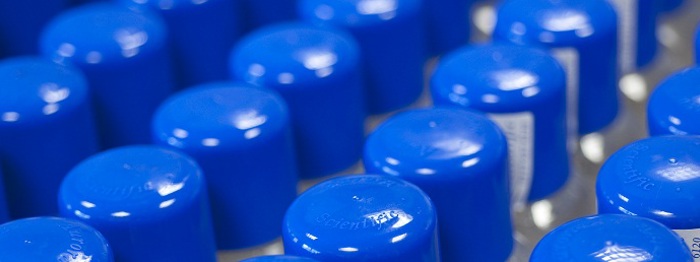What is chlorine?
Chlorine is added to the water to disinfect it and keep it safe to drink. It has to be used carefully, but it is harmless when used in the very small amounts found in drinking water.
It is also commonly used in various brands of sterilisers for baby feeding bottles and is used in higher concentrations to disinfect water in swimming pools.
The amount of chlorine added to water is tightly controlled by Scottish Water, but it is not unusual for a slight taste or smell of chlorine to be noticeable in drinking water.
What is chloramination?
Chloramination is an alternative means that is used to disinfect the water in some parts of Scotland and elsewhere, whereby ammonia is added to chlorine to form a long-lasting disinfectant. It has been in common use within the water industry for many years.
The advantage of chloramination is that it persists longer through the distribution pipework and the taste is usually less noticeable to consumers than chlorine alone.
Why is it necessary to use chlorine?
It is absolutely essential that drinking water should be safe to drink and contain no harmful bacteria capable of causing diseases. Chlorine has been proven to be the simplest and most effective means of disinfecting water, and has been used in the UK for 100 years. The addition of chlorine in small amounts at water treatment works disinfects the supply and leaves a lasting residual that keeps the water safe until it reaches your tap. The amount of chlorine in water leaving treatment works is safe and well within the World Health Organisation guidelines.
I don’t like the taste or smell of chlorine in my water – what can I do?
It’s not unusual for a slight taste or smell of chlorine to be noticeable in drinking water, but this shouldn’t make the water unacceptable to most people. DWQR expects Scottish Water to use no more chlorine than is absolutely necessary and to regularly review the amount used.
A simple, safe way to overcome this smell or taste is to place a covered jug of water in the fridge before drinking – this allows the chlorine to disperse and cool water always tastes better.
You should throw away any unused water after 24 hours.
A number of domestic water filters are available that will remove chlorine. If consumers choose to use these it is important that they are maintained in accordance with manufacturers’ instructions in order to ensure they remain safe to use. British Water www.britishwater.co.uk is the trade organisation representing suppliers associated with the water industry, and they provide advice on the use of filtration equipment.
What are disinfection by-products?
Chlorine added to disinfect the water can react with naturally occurring substances in the water to form other compounds, known as disinfection by-products. The main group of disinfection by-products are the Trihalomethanes (THMs), and these have a standard in the Regulations. The standard is set with a wide margin of safety, in accordance with World Health Organisation guidelines.
It is possible to minimise disinfection by-product formation by tightly controlling the amount of chlorine added to the water and by removing as many of the naturally occurring organic substances as possible through the treatment process. Some treatment works in Scotland currently have difficulty in producing water that complies with the standard, and DWQR is working to ensure that these facilities are upgraded as quickly as possible.


